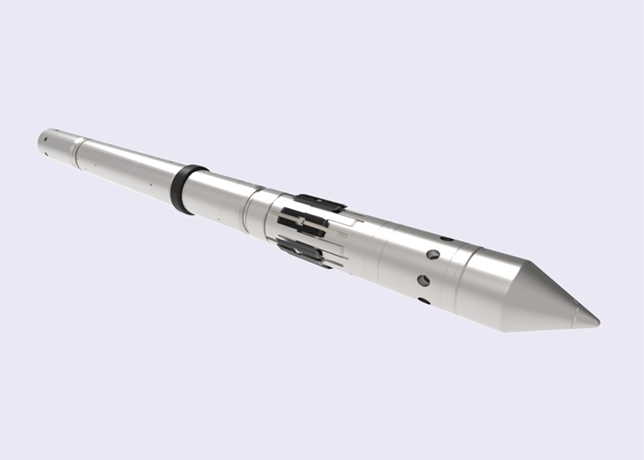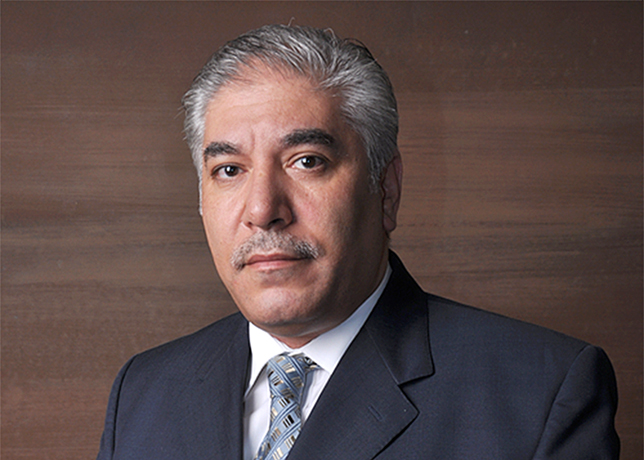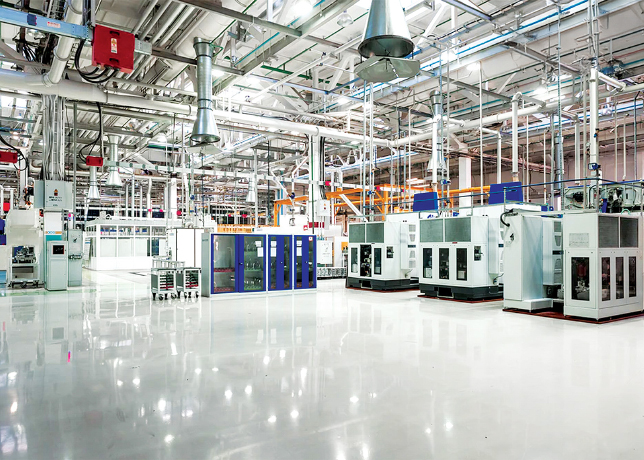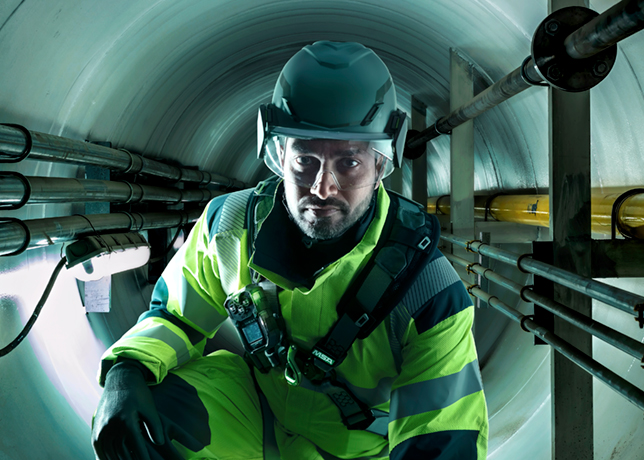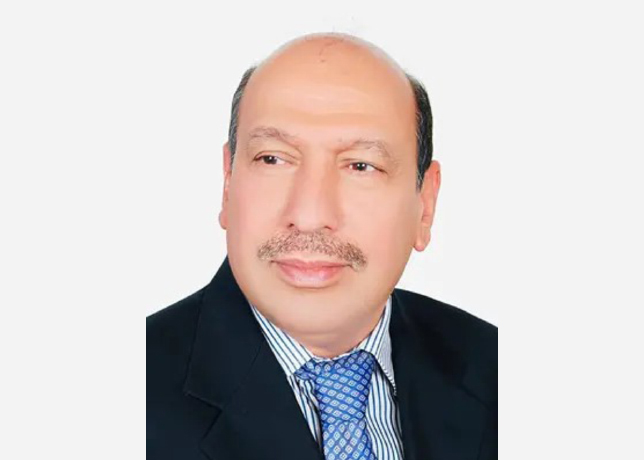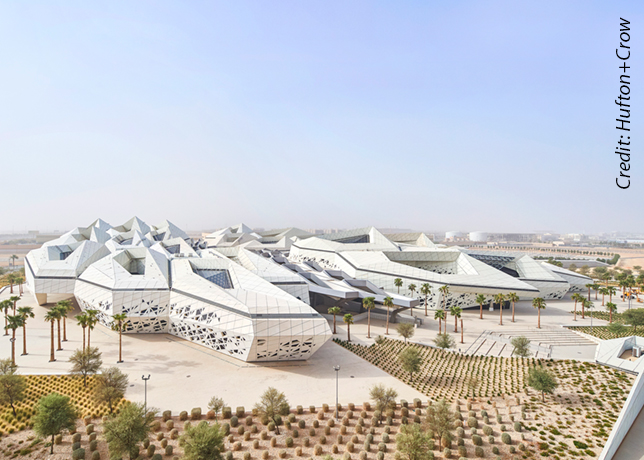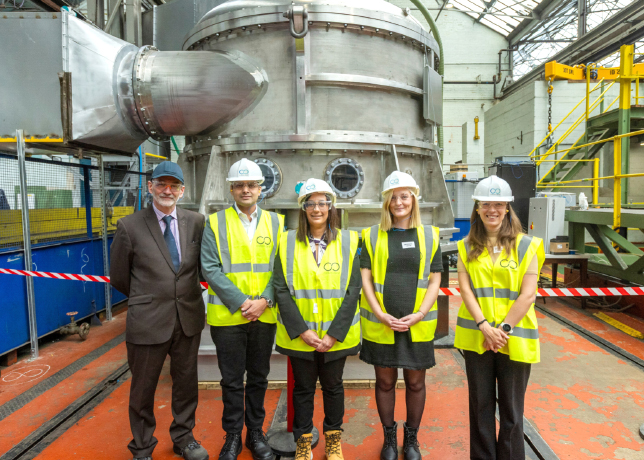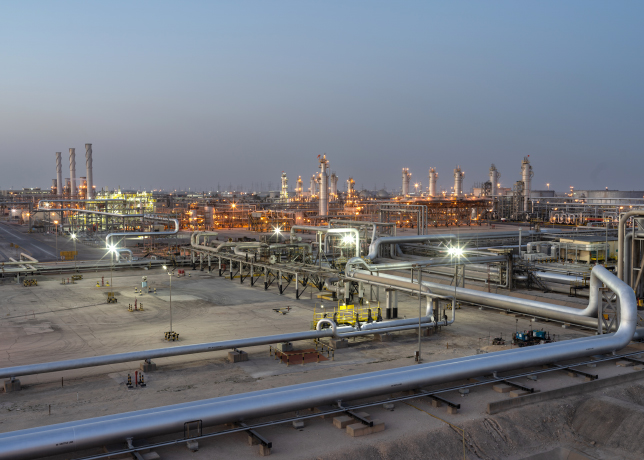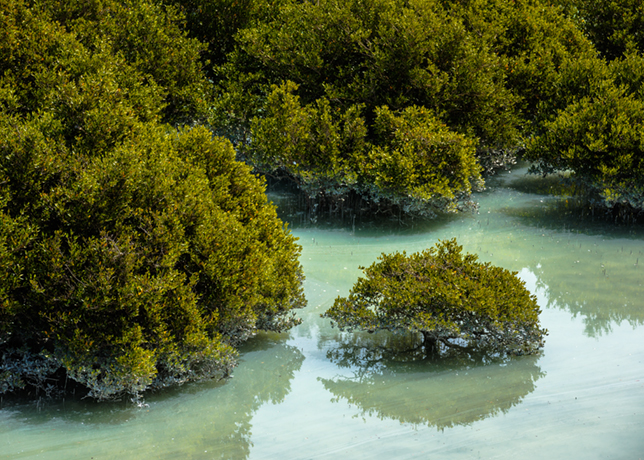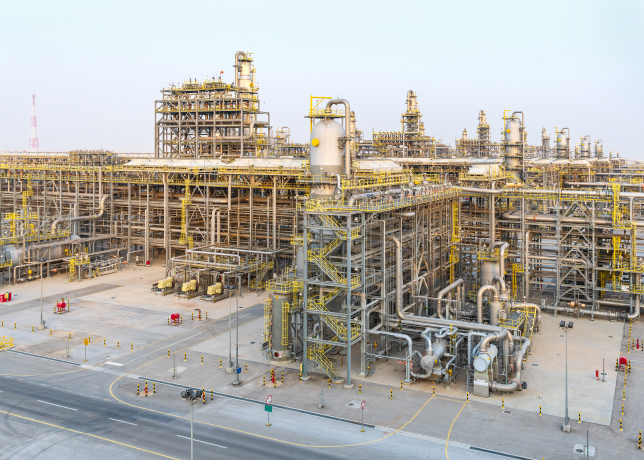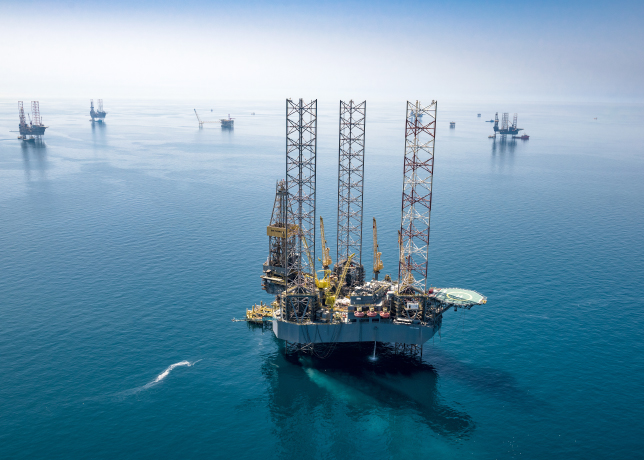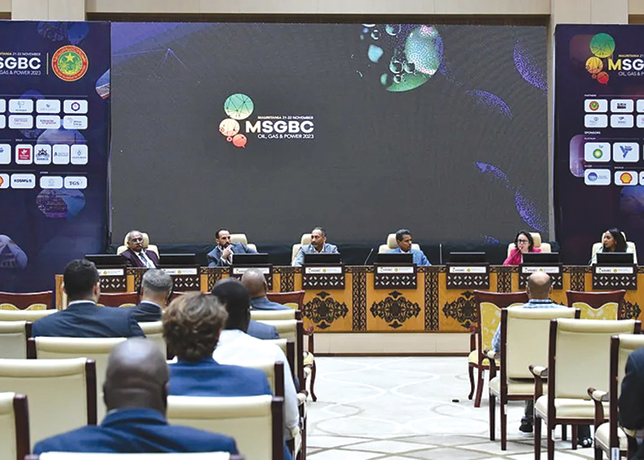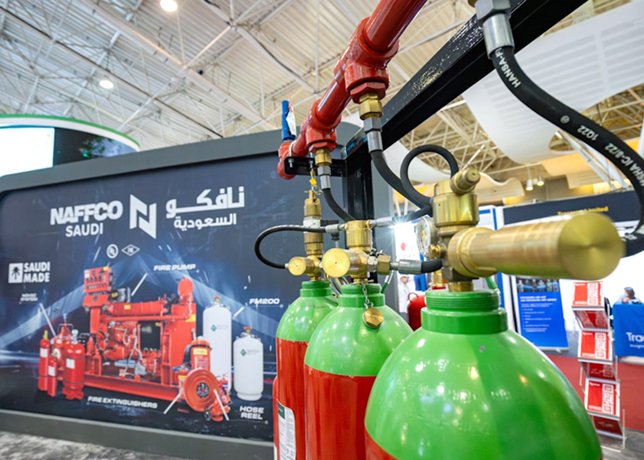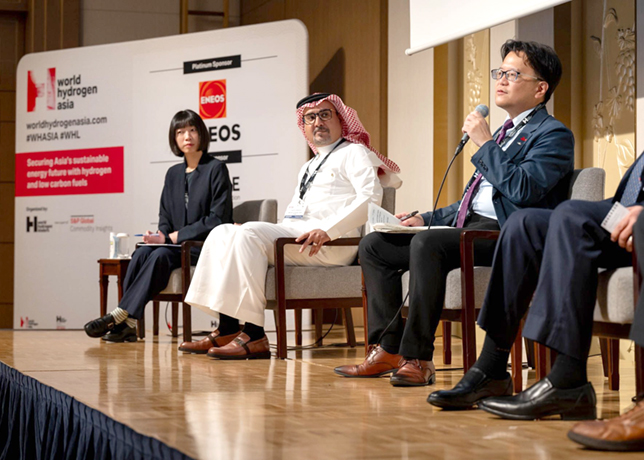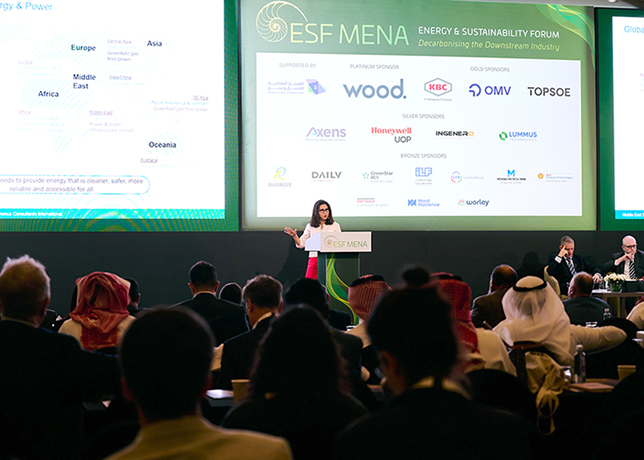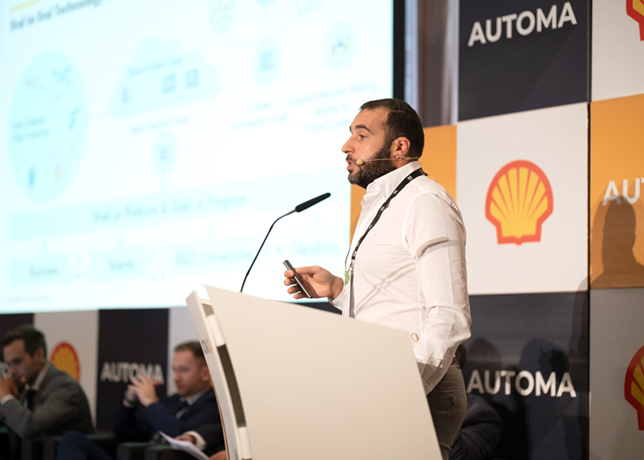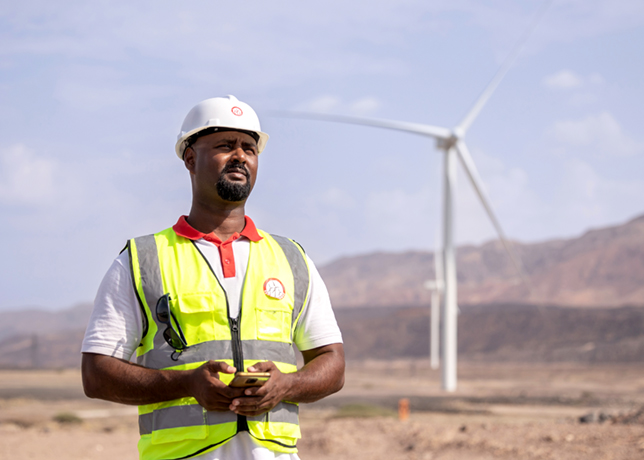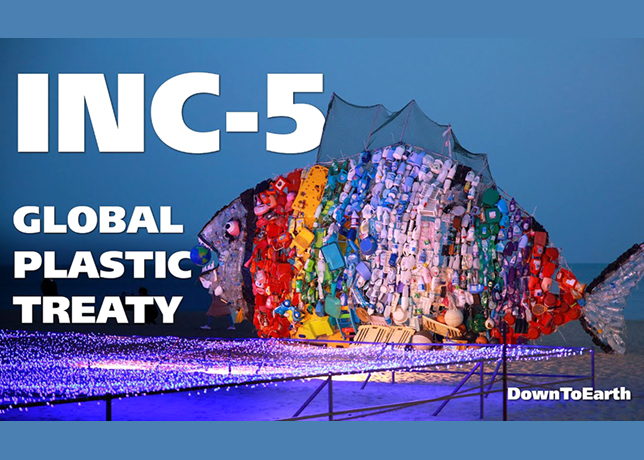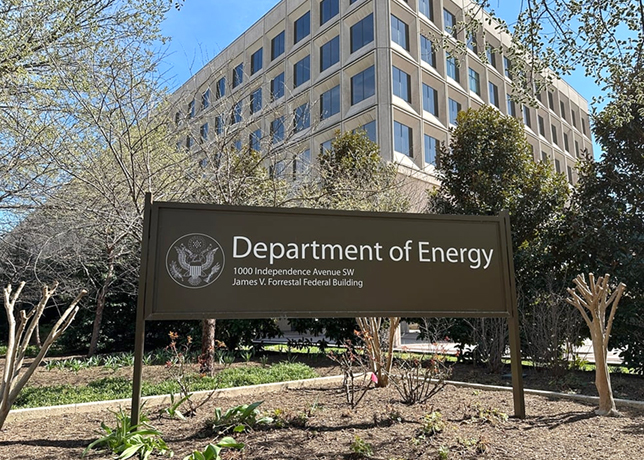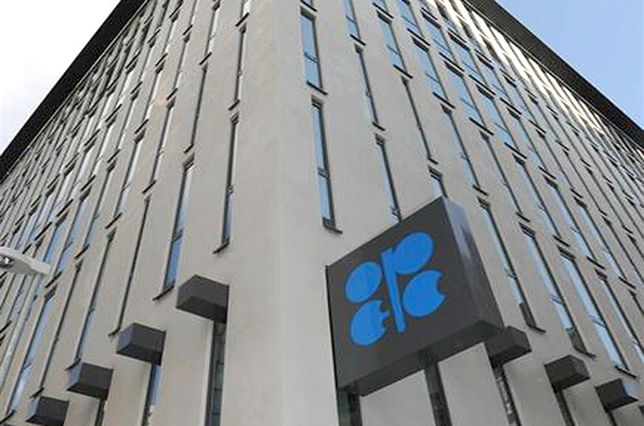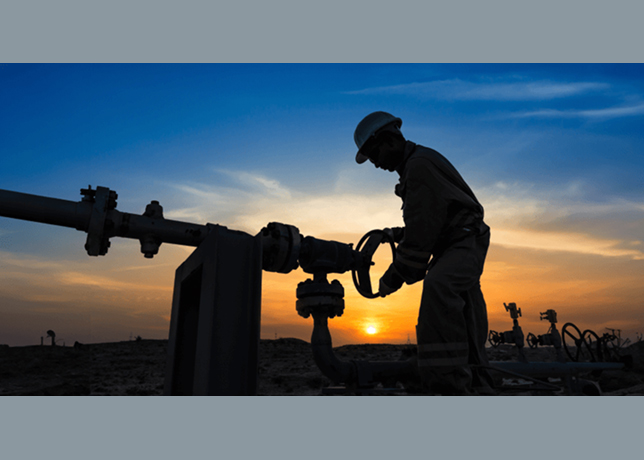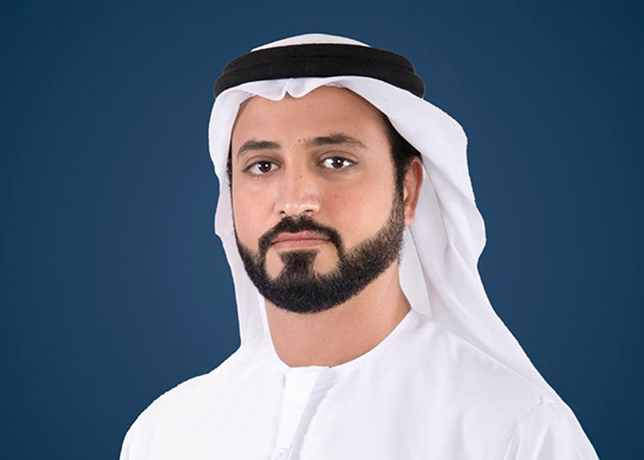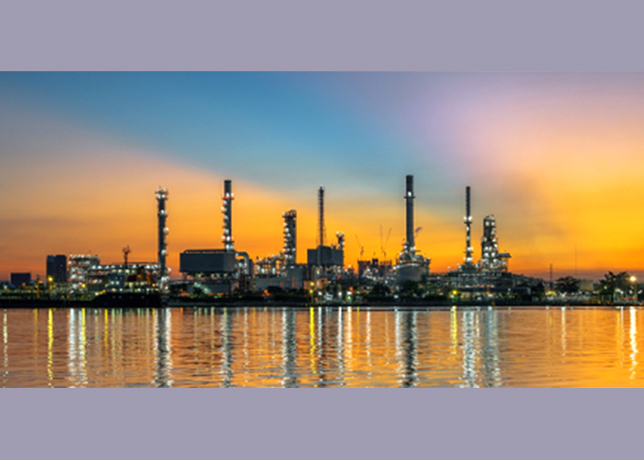
 Gasco facility ... panel included on 'Sour Gas Development'
Gasco facility ... panel included on 'Sour Gas Development'
Adipec is a major international event that involves a lot of planning and preparation.
How far in advance do you normally begin preparations for each conference?
“Preparations begin usually about one and a half years before the conference. The first Technical Committee meeting for Adipec 2004 was held in July 2003. Just prior to that we had formed the Organising Committee. That was the start. ”
Is it a permanent committee or formed specifically for each conference? Who are the people involved?
“For each conference we form a new Technical Committee. Being an international event, we involve professionals from all over the world - people with the relevant technological background.The Organising Committee selects a chairman.
“During that first meeting in July, we discussed various technical aspects of the conference, such as what types of categories will be listed for calling of abstracts. We decided on 14 categories, comprising several sub-categories. We also discussed the technical panels to be held during the conference, and decided on having four panel sessions: Smart Field Technology; Managing Integrity in Maturing Facilities; Sour Gas Development; and Human Resources.
After the finalisation of the categories and panels, we called for submission of abstracts in August 2003.
By the deadline of December 1st, we had a record 339 abstracts sent in, compared to the figures of 195 and 165 for the preceding conferences. It was the fruit of an intensive campaign and a thorough follow up by the Technical Committee.
Apart from the record number of diversified abstracts received from all over the world, for the first time we received abstracts from Australia.
“To ensure the high quality of the abstracts and to determine a rating for them, we held a second Technical Committee meeting on February 17 and 18, 2004. Our target was to extract 150 high quality papers from the total number received.
“It was a big challenge for the committee members to evaluate 339 abstracts and trim the number down to what we could use within the four days of conference. But the quality generally was such that we had to finally select 155 papers. From that final list of 155 abstracts, we selected 100 for presentation at the conference sessions, and 25 for poster sessions and the remainder have been retained as a backup .In addition to the panels and the presentation of the technical papers, we have another session during the conference, called the Poster Session. There is no presentation as such during this session. Here the partici-pants bring their posters and exhibit them on panels in a hall specially dedicated for this purpose. During the breaks, between the regular sessions people can come over to this hall and have the posters explained to them by the representatives.”
What actually happens at the paper present-ations and the panel sessions?
“Most of the time, case histories are presented, and experience gained by the presenters shared with the audience.
Technology is changing at a rapid pace for the oil and gas field, and so we need to look at costs and benefits, and the value of new technology coming in.
“It is for this purpose we have the dedicated panels, with two or three experts sitting in each panel. For the ‘Smart Field Technology’ panel, for example, there will be presentations of smart wells and smart fields. There are also brief discussions stimulated by questions from the audience.That’s the whole purpose of the panel - sharing ideas, new solutions, and perhaps take some of them back to their countries and implement them.Then the second panel, ‘Managing Integrity in Maturing Facilities’ involves a challenge that is encountered in the region now and probably worldwide. The facilities are getting mature - 20 years old, and it’s about time to replace them or extend their lives.
“This is a vital area of concern because it involves a lot of capital. Do we have enough resources to meet this challenge, and how do we manage the expenditure on them? So it’s going to be a very interesting and beneficial panel.
“The third panel is on ‘Sour Gas Development’. We have a lot of natural gas in the area. So it’s good to see new technology being presented that deals with this resource and the environment and other challenges posed by its exploitation.
“The fourth panel, on human resources, deals with how we develop our people. We will have to consider how we can better link the academic side with the industry. Are they complementing each other, or are they thinking differently and functioning disparately. It’s a matter of graduating the right people in the right line.”
Is this in any way related to the ‘Student Project’ which is one of the technical categories for Adipec 2004?
“No, that’s something different. The Student Project is meant to encourage students in this field to participate in our conference. Whatever projects and ideas they have, Adipec is a good opportunity for the students to present their papers for professional evaluation by the Technical Committee. ”
Are the sessions held simultaneously, or one after the other?
“There are two timings each day for the sessions - in the morning and in the afternoon. All the sessions are held simultaneously and the delegates have a choice of attendance. But we make sure no similar topics are held at any one time.”
What was next in the sequence of events with regard to preparations for the Conference?
“After the second committee meeting in February, and the final selection of the abstracts, we notified the authors of all the accepted abstracts so they could start writing their technical papers.”
“This notification is usually done through the SPE (Society of Petroleum Engineers). The Authors were notified by end of March and given time till end of July to submit their papers. With about four months’ time to write their papers, there is no pressure on them.
“After notification, the next step was to prepare the Preliminary Technical Programme, which we issued at the end of April.
When the authors’ manuscripts are received by end of July 2004, we will have all the necessary data available to us to work on the Final Technical Programme, which will be issued by the end of August. Then we have to publish the proceedings of the conference. This will be done on CD, and also some in print, by early September 2004. In early September, we will also start with the Pre-Registration of delegates. We now have online pre-registration. If we wait until the day of the event to register them, there will be chaos, considering that the last Adipec drew over 20,000 people to the conference and exhibition. ”
You mentioned the SPE. How do they support Adipec?
“Each of the technical papers to be presented at the conference will be given an SPE number. This is a very important recognition to the professionals who wrote the papers. Secondly, SPE has worldwide contacts to call for abstracts. They are involved in notifying the authors and in providing the CDs of the technical proceedings. They help also in bringing high level speakers for the panel, and they publicise Adipec around the world through their official journal and their website.”
Based on the abstracts received, how many countries will be represented at Adipec 2004?
“We received abstracts from 25 countries this time - the largest number in Adipec’s history. If you look at the abstract distribution per region, you will see that there are 2 from Australia, 6 from South America, 26 from North America, 50 from Africa, 58 from Europe and 197 from the Middle East. It’s exciting to have a new region participating this time - Australia.”
What are the other highlights of the Adipec 2004 Conference?
“Along with the regular conference, we have another event called the Geological Conference where the focus is Evaporites. Abu Dhabi is a world model for evaporites. This is the first time we are having a dedicated geological conference - it’s part of the growth of the Adipec conference itself. We are thinking of doing it in the future also, to keep it running. The day after the last session, we will have a field trip where we take all the delegates to the western side of Abu Dhabi to study the evaporites directly.
They will be there all day in the field examining alongside the experts who will come from different countries. It should be an interesting day. ”
What do you think would probably be a main focus of Adipec in the coming years?
“I think reducing the uncertainties of both sub surface and surface modelling of reservoirs and integrity of the surface facilities is what’s going to be among the hottest topics in the coming years. Sub surface is moving fast in terms of new technology coming in. Data is getting more accurate. Reducing the uncertainties and optimising expenditure of production is a challenge.”



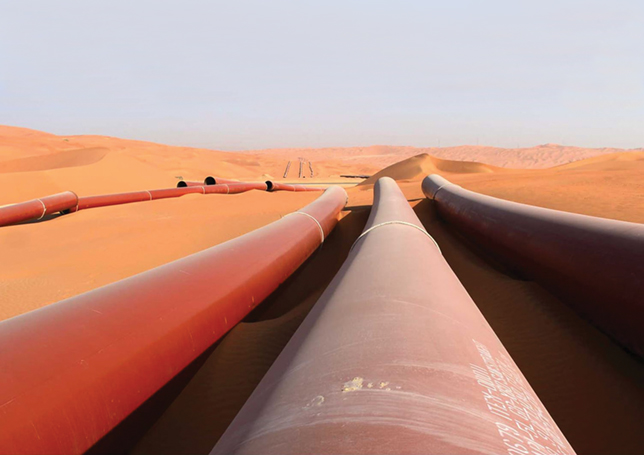


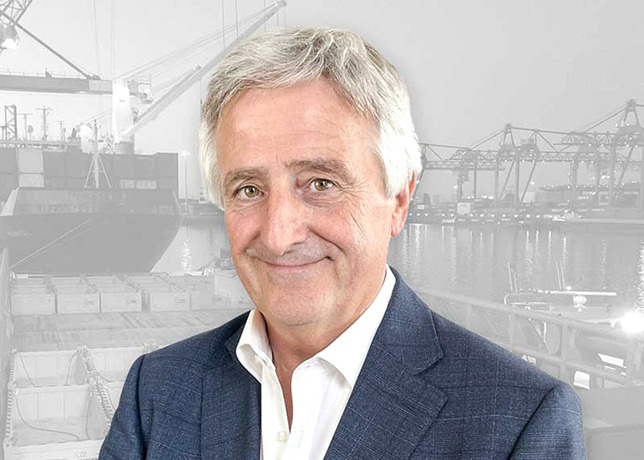
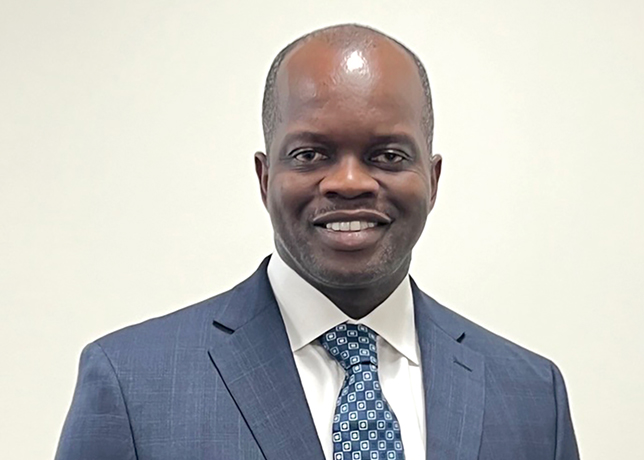

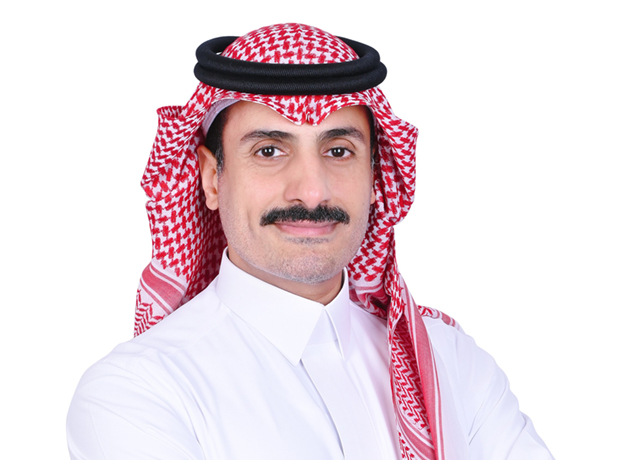
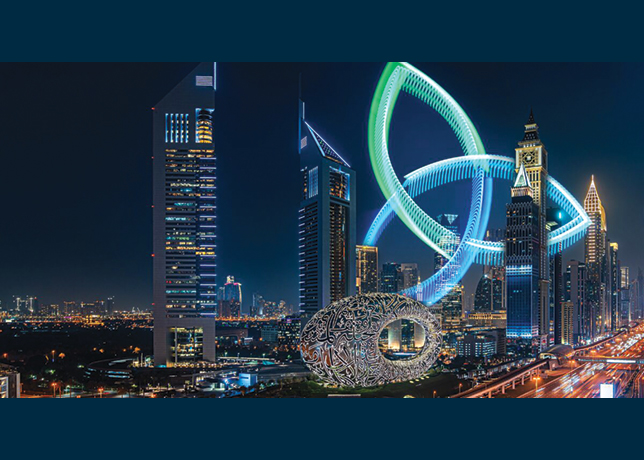




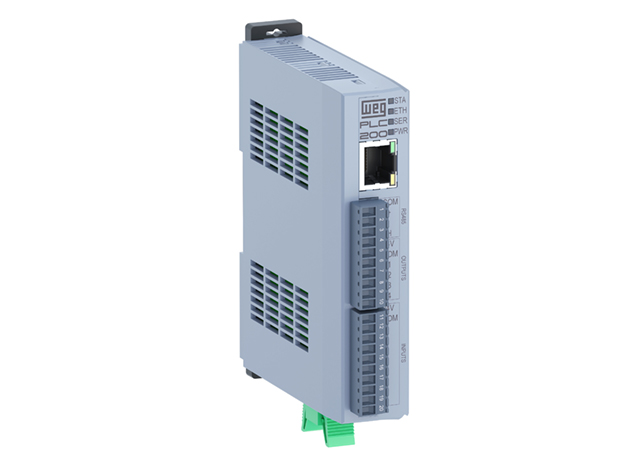
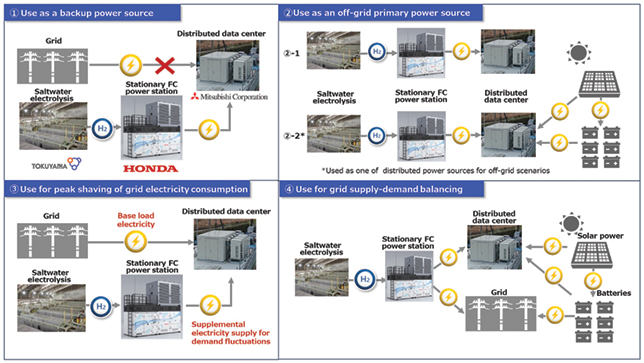




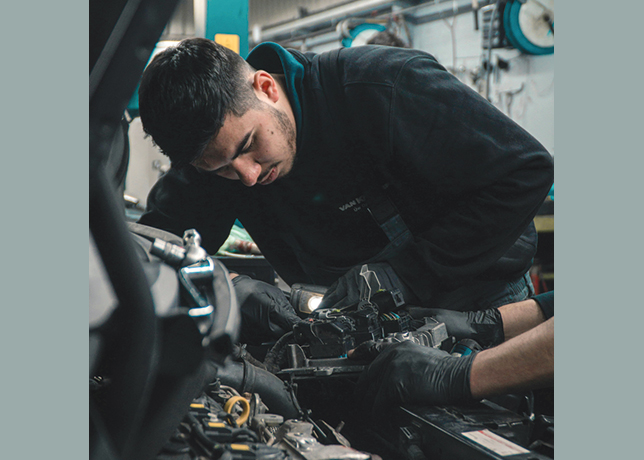
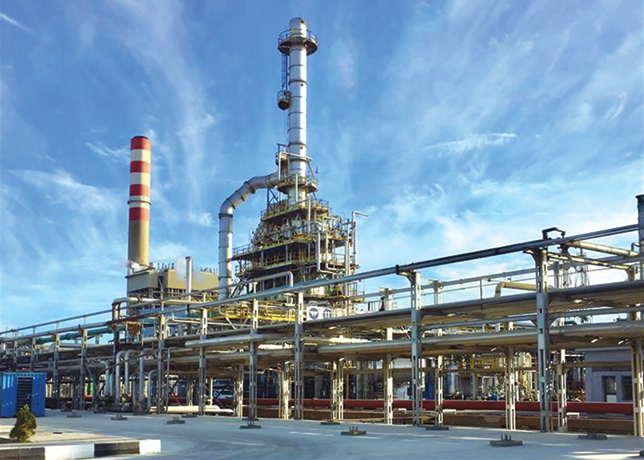

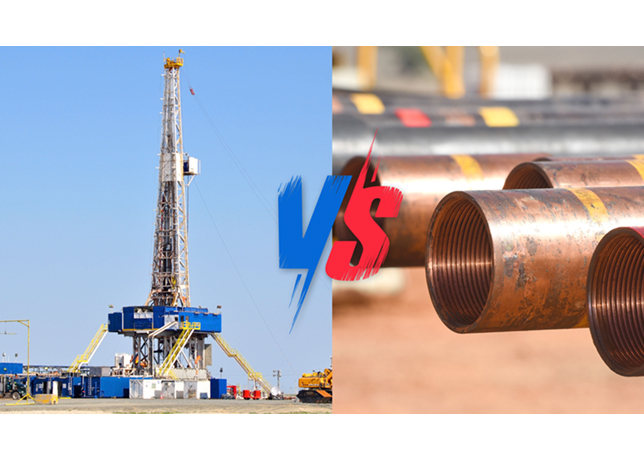
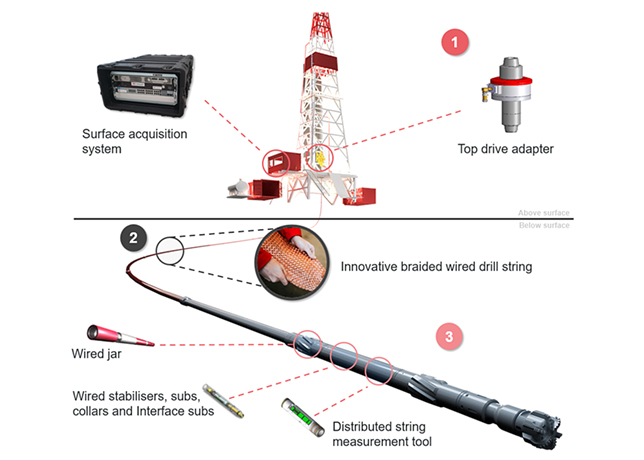

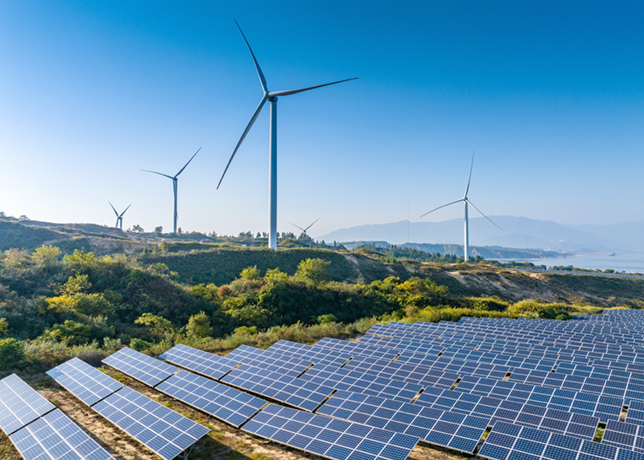
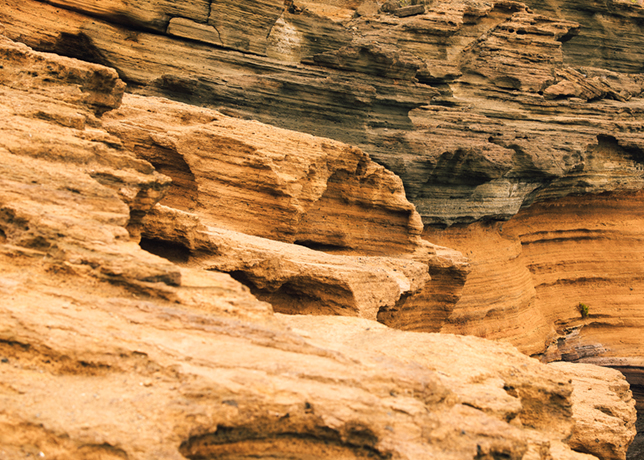



-is-one-of-the-world.jpg)


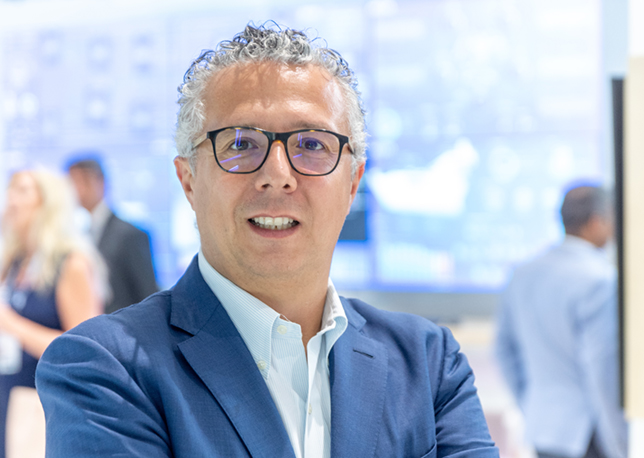
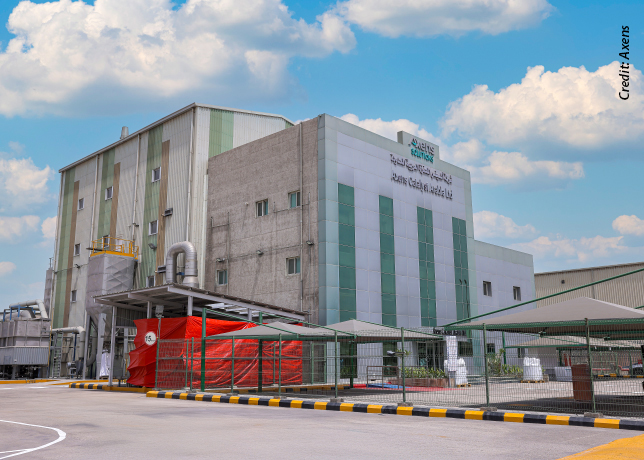

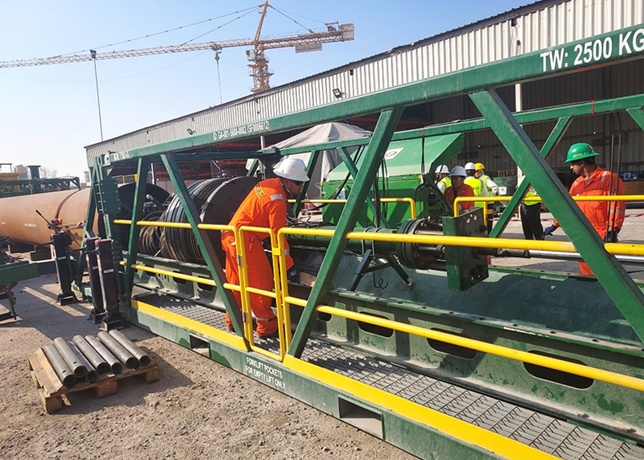
-(4)-caption-in-text.jpg)
